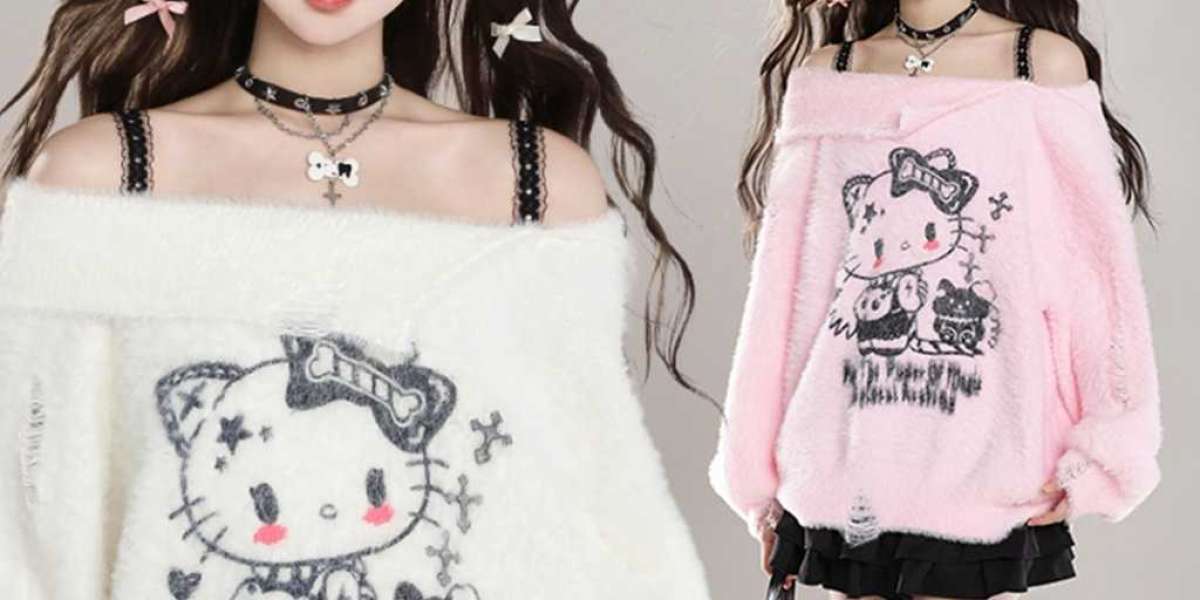Intro.
Japanese style has obtained global honor for its one-of-a-kind mix of modern-day fads and conventional aspects. Among the various subcultures within the realm of Japanese style, one of the most famous is the Kawaii style. Kawaii, which converts to "charming" or "charming" in English, is identified by its playful, colorful, and younger visual. Recently, Kawaii fashion has actually garnered a huge following both in Japan and abroad, with fans of the design embracing its childlike beauty and whimsical charm. This article explores the world of Japanese Kawaii clothing, discovering their origins, key functions, and cultural relevance.

Origins of Kawaii Style.
The origins of Kawaii fashion can be traced back to the 1970s, when the term "Kawaii" began to gain popularity in Japan. The Kawaii aesthetic arised as a response versus the strict social norms of the moment, with young people looking for to reveal themselves in a more lighthearted and lively way. The appearance was greatly influenced by Western popular culture, especially the increase of charming personalities such as Hello there Feline and My Melody, which rapidly caught the hearts of Japanese young people.
Trick Features of Kawaii Clothes.
Kawaii outfits are recognized for their focus on brilliant colors, cute motifs, and extra-large shapes. Popular clothing products in Kawaii fashion consist of pastel-colored dresses, printed tees with cartoon personalities, and accessories such as bows, ribbons, and animal-shaped fashion jewelry. Layering is additionally a typical strategy in Kawaii outfits, with followers of the style frequently blending and matching different items to develop a wacky and diverse appearance.
Another crucial attribute of Kawaii fashion is the principle of "adorable culture", which places a strong focus on vibrant innocence and playfulness. This is mirrored in the design of Kawaii outfits, which frequently feature elements such as frills, ruffles, and shoelace to stimulate a feeling of childlike wonder. The general effect is one of whimsy and charm, with Kawaii attire functioning as an aesthetic event of all points cute and cute.
Cultural Importance of Kawaii Style.
Kawaii style holds an unique place in Japanese culture, as it is viewed as a way for individuals to share their uniqueness and creativity. The design is especially popular amongst girls, that make use of Kawaii attire as a method of self-expression and empowerment. By welcoming the Kawaii aesthetic, these females have the ability to break cost-free from standard sex standards and social assumptions, allowing them to discover their own special feeling of style and identification.
Along with its social relevance, Kawaii fashion additionally contributes fit Japan's international picture. The lively and charming nature of Kawaii clothing has aided to solidify Japan's credibility as a pacesetter in the globe of style, with lots of global designers and brands drawing inspiration from Japanese Kawaii design. The appeal of Kawaii fashion has additionally caused the surge of Kawaii society, a phenomenon that encompasses not simply style, yet likewise art, way of living, and music patterns.
Verdict.
Japanese kawaii outfit dress to impress clothing are a vibrant and whimsical expression of style and culture, with their spirited visual capturing the hearts of style lovers around the globe. The origins of Kawaii fashion can be traced back to the 1970s, when the term "Kawaii" very first gotten importance in Japan. Today, Kawaii clothing are understood for their bright colors, charming concepts, and emphasis on youthful vigor, making them a popular option among those who appreciate the appeal and innocence of the Kawaii aesthetic. Whether put on as a type of self-expression or as a means to celebrate all things cute and charming, Kawaii style remains to bewitch and motivate both in Japan and beyond.



